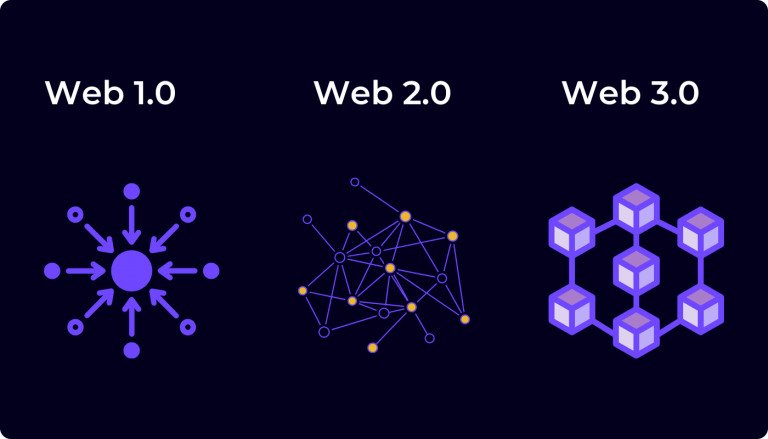
Web3 is a term that refers to the next generation of the internet, where decentralized applications (dApps) run on peer-to-peer networks, without intermediaries or centralized servers. Web3 promises to empower users with more control, privacy, and ownership of their own data and digital assets. However, web3 also poses new challenges and risks for data harvesting, which is the practice of collecting and analyzing large amounts of data from users, often without their consent or awareness.
Data harvesting can have various purposes and impacts, such as improving user experience, providing personalized recommendations, targeting advertisements, influencing behavior, manipulating opinions, or even stealing identities. Data harvesting can be done by various actors, such as dApp developers, platform providers, network validators, third-party services, or malicious hackers. Data harvesting can involve different types of data, such as personal information, transaction history, browsing activity, location data, social network data, or biometric data.
In web3, data harvesting can be more difficult or easier than in web2, depending on the context and the design choices. On one hand, web3 can make data harvesting more difficult by enabling users to encrypt their data, control their access rights, verify their identity, or opt out of data collection. On the other hand, web3 can also make data harvesting easier by creating more data sources, exposing more data on public ledgers, enabling more data analysis tools, or incentivizing more data sharing.
Register for Tekedia Mini-MBA edition 18 (Sep 15 – Dec 6, 2025) today for early bird discounts. Do annual for access to Blucera.com.
Tekedia AI in Business Masterclass opens registrations.
Join Tekedia Capital Syndicate and co-invest in great global startups.
Register for Tekedia AI Lab: From Technical Design to Deployment.
However, recent developments have raised some concerns about how Web3 platforms handle user data. Some dApps, such as social media, gaming, or e-commerce platforms, require users to provide personal information, such as email, phone number, or identity verification, in order to access their services or features. This data is often stored on centralized servers or third-party providers, which may be vulnerable to hacking, censorship, or misuse.
Moreover, some Web3 platforms use analytics tools or trackers to collect user behavior data, such as browsing history, preferences, interactions, or transactions. This data is used to improve user experience, optimize performance, or provide personalized recommendations. However, this data may also be shared with advertisers, marketers, or other third parties, without the user’s consent or knowledge.
These practices contradict the core principles of Web3, which aim to protect user privacy and sovereignty. Users should have the right to choose what data they want to share, with whom, and for what purpose. Users should also have the right to access, delete, or modify their own data at any time. Users should not have to sacrifice their privacy or security for convenience or functionality.
Therefore, Web3 platforms need to adopt more transparent and ethical data practices that respect user rights and preferences. Web3 platforms should use encryption, zero-knowledge proofs, or other cryptographic techniques to ensure that user data is secure and private. Web3 platforms should also use decentralized storage solutions, such as IPFS or Filecoin, to store user data on distributed networks that are resilient and censorship resistant.
Web3 platforms should also provide clear and easy-to-understand privacy policies that inform users about what data they collect, how they use it, and how they protect it. Web3 platforms should also allow users to opt-in or opt-out of data collection or sharing at any time. By doing so, Web3 platforms can build trust and loyalty with their users and foster a more open and inclusive internet that respects user agency and autonomy.
Some examples of Web3 platforms that are trying to implement these best practices are:
- Unstoppable Domains: A platform that allows users to create and manage decentralized websites and domains that are censorship-resistant and self-sovereign.
- Brave: A browser that blocks ads and trackers by default and rewards users with cryptocurrency for viewing privacy-respecting ads.
- Audius: A music streaming service that connects artists directly with fans and allows them to monetize their work without intermediaries.
- OpenSea: A marketplace for digital collectibles and non-fungible tokens (NFTs) that enables users to create, buy, sell, and trade unique digital assets.
- Decentraland: A virtual reality platform that lets users create and explore immersive 3D worlds that are owned and governed by the community.
Therefore, data harvesting in web3 is a complex and dynamic phenomenon that requires careful consideration and regulation. Users should be aware of the potential benefits and risks of data harvesting in web3 and exercise their rights and responsibilities accordingly. Developers should follow ethical principles and best practices for data harvesting in web3 and respect the users’ preferences and expectations. Regulators should establish clear and consistent rules and standards for data harvesting in web3 and enforce them effectively and fairly.



